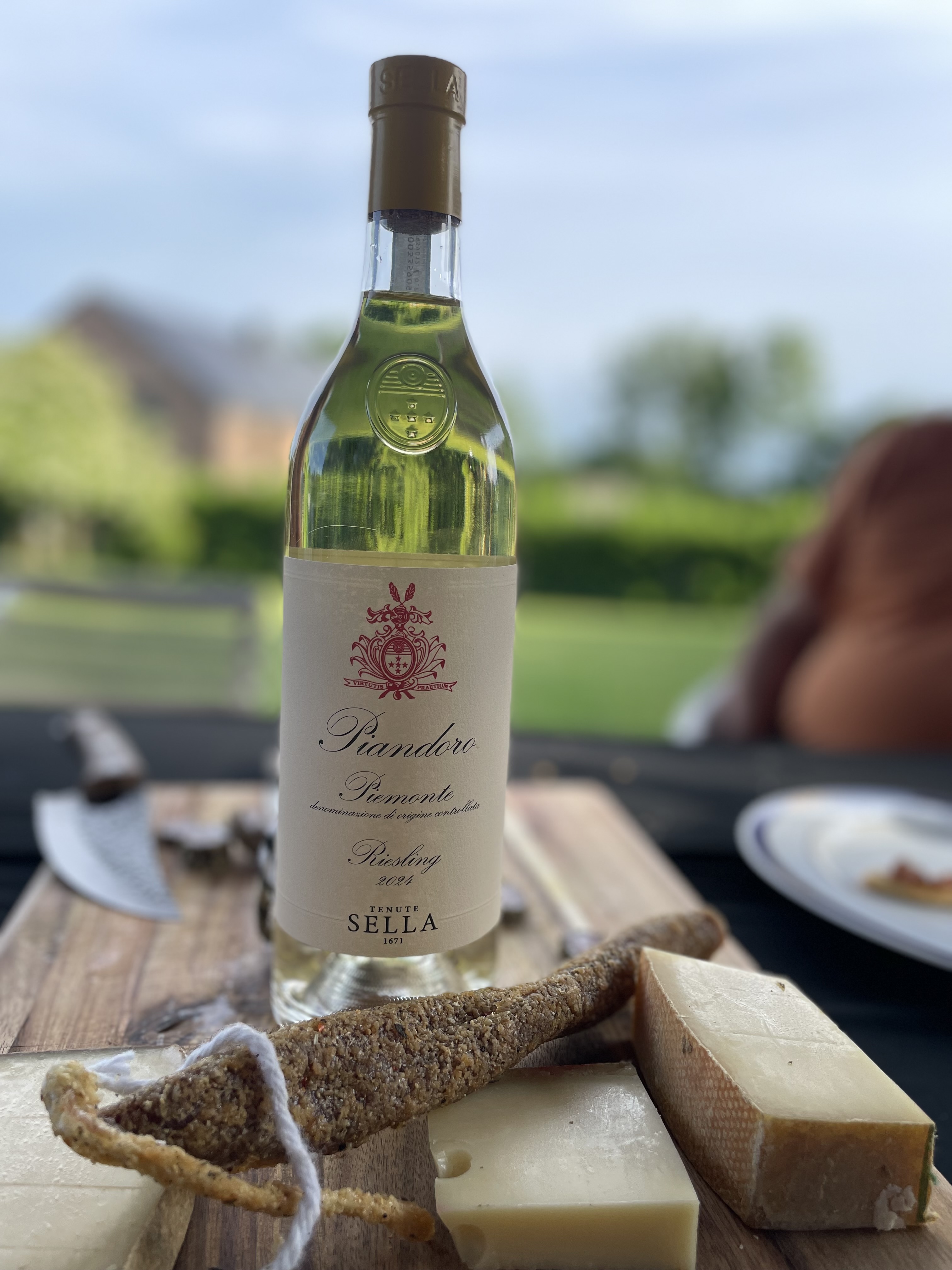This article is not about Piedmont wines but with its content is applicable to Piedmont wines.
Wine labels that appeal to GenZ: clean, readable and no frills
How can we bring Generation Z closer to the world of wine? This question was explored in the study Cannonau: il vino giovane (Cannonau: the young wine), conducted by the Behavior and brain lab Iulm with the Master in food & wine communication, in collaboration with Vino Way, Stevie Kim and Assoenologi Sardegna, and with the support of Sardegna ricerche. The goal: to understand how young people between the ages of 18 and 25 experience wine - and Cannonau in particular - in order to help wine producers build an authentic and engaging dialogue with this new audience.
The survey, presented Nov. 4 in Cagliari, involved 800 young Italians (15% of whom were Sardinians) and painted a picture of a curious but inexperienced generation, which associates wine with convivial moments: 67% drink wine in restaurants and 62% at home, less often in bars or nightclubs. The preference is for red wines (41%), followed by white wines (38%) and rosé wines (10.6%). In Sardinia, however, white wine ranks first.
Purchase motives
The main buying motives are previous experience, word of mouth and price. The average spend per bottle is between 10 and 25 euros, with young Sardinians being more inclined. This target group is looking for new sensory experiences, attractive labels and authentic stories, in addition to more dynamic forms of consumption such as wine-based mixology. Visits to wineries are among the most valued experiences, provided they are emotional and participatory: guided tastings, music, experiential workshops.
Digital language
A later analysis examined the digital language of Cannonau' s wineries and revealed an overly uniform communication. Standing out requires a clear unique selling proposition and storytelling that tells not only about vineyards, but also about people and choices. Companies should differentiate content by target audience, creating messages aimed at Gen Z and moving from static posts to videos, reels, influencer collaborations and interactive formats, with mobile-optimized websites and integrated e-commerce
The surprising results of the tasting panel
In the tasting panel held in February 2025 with Master Iulm students, the red Cannonau scored highest on taste and quality. The willingness to pay also remained between 10 and 25 euros: young people recognize quality and are willing to invest when they perceive an experiential value. The most valued wines are balanced wines, with accessible flavors, that can convey identity and emotion. Using neuromarketing techniques (eye-tracking, electroencephalography, microtranspiration and heart rate analysis), it was possible to map visual and emotional activation upon seeing the labels.
The results indicate that a clean but narrative design works, with central naming, symbols referring to the area, and a good balance between legibility and visual richness. Among the most common faults are: poor color contrast, excessive ornamentation and lack of visual hierarchies.
From the data analysis emerged the "Young wine neuro engagement index," a model that measures what enables a wine to engage young people: label and packaging (30%), sensory experience (30%), wine cellar experience ( 25%), digital communication (15%). In short, Generation Z chooses wine that touches them, that tells a story and makes them feel part of it. For wineries, the future lies here: authenticity, innovation and sharing emotions.





Comments
Login to give reaction Your comment will be posted as soon as it is approved.